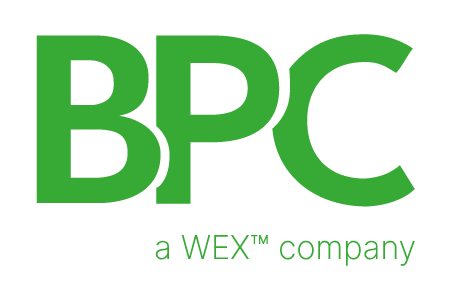Commuter Benefits
With Commuter Benefits, employees set aside part of their pre-tax pay into an account that can be used toward parking and mass transit expenses. Employees may contribute up to the IRS maximum monthly amount for public transit passes, parking or vanpooling costs into their Commuter Benefits and save on every dollar spent.
There are two types of Commuter Benefits accounts, provided by your employer, that allow you to put aside money to pay for eligible transit and parking expenses. The money going into these accounts is tax-free (no payroll tax is withheld) which saves you money on services you are already paying for to commute to work. By enrolling in Commuter Benefits, you may save up to 30% on your commuting costs.
What are the Different Types of Commuter Benefits?
A Mass Transit account can be used for eligible transit expenses employees incur to commute to and from work. This includes fares for a bus, trolley, ferry, train, subway, and vanpool.
A Qualified Parking account can be used for eligible parking expenses for an employee's personal vehicle, carpool or vanpool vehicle. This includes parking garages, lots, and metered parking while employees are at work.
A Few Things to Keep in Mind About Commuter Benefits
You can only spend the monthly IRS maximum each month
Mass transit fares must be purchased using the benefits card
Parking claims must be submitted within 180 days
Mass Transit and Parking are separate plans under Commuter Benefits
Money may not be transferred between the two accounts
Family members are not eligible to use this plan
